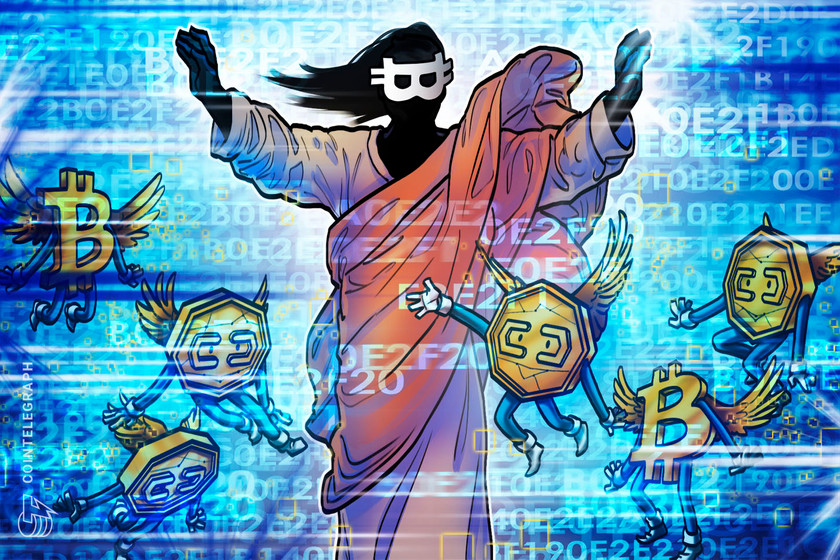IBM announces global Call for Code artificial intelligence hackathon winners


The global hackathon, now in its sixth year, gives participants access to advanced AI, cloud computing and blockchain technology.
The David Clark Cause, IBM, the United Nations Human Rights Office of the Commissioner and the Linux Foundation announced the winners of the 2023 Call for Code hackathon on Dec. 6.
Call for Code is the largest annual event of its kind, gathering participants from more than 180 nations who have produced a collective 24,000 applications to date, according to the David Clark Cause.
This year’s contest focused on solving “the most pressing global issues of our time” using available technologies, including IBM’s generative artificial intelligence (AI) service, watsonx. It included grand prizes awarded in three separate participant categories: developer, university and independent vendor/startup.











